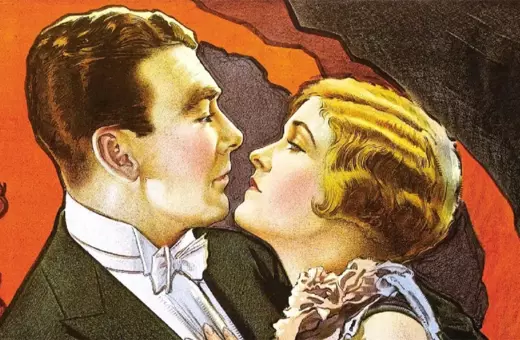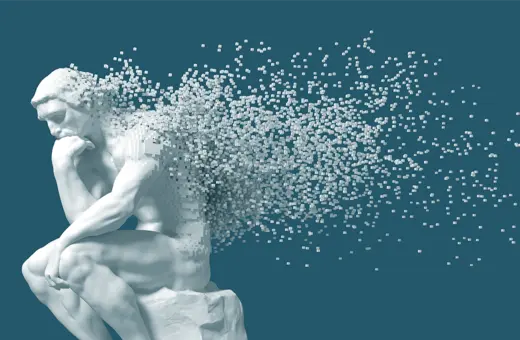Loss is a cousin of loneliness. They intersect and overlap, and so it’s not surprising that a work of mourning might invoke a feeling of aloneness, of separation. Mortality is lonely. Physical existence is lonely by its nature, stuck in a body that’s moving inexorably towards decay, shrinking, wastage and fracture. Then there’s the loneliness of bereavement, the loneliness of lost or damaged love, of missing one or many specific people, the loneliness of mourning.
Loneliness as a desire for closeness, for joining up, joining in, joining together, for gathering what has otherwise been sundered, abandoned, broken or left in isolation. Loneliness as a longing for integration, for a sense of feeling whole.
It’s a funny business, threading things together, patching them up with cotton or string. Practical, but also symbolic, a work of the hands and the psyche alike. One of the most thoughtful accounts of the meanings contained in activities of this kind is provided by the psychoanalyst and paediatrician D. W. Winnicott, an heir to the work of Melanie Klein. Winnicott began his psychoanalytic career treating evacuee children during the Second World War. He worked lifelong on attachment and separation, developing along the way the concept of the transitional object, of holding, and of false and real selves, and how they develop in response to environments of danger and of safety.
In Playing and Reality, he describes the case of a small boy whose mother repeatedly left him to go into hospital, first to have his baby sister and then to receive treatment for depression. In the wake of these experiences, the boy became obsessed with string, using it to tie the furniture in the house together, knotting tables to chairs, yoking cushions to the fireplace. On one alarming occasion, he even tied a string around the neck of his infant sister.
___
"Loneliness as a longing for integration, for a sense of feeling whole."
___
Winnicott thought these actions were not, as the parents feared, random, naughty or insane, but rather declarative, a way of communicating something inadmissible in language. He thought that what the boy was trying to express was both a terror of separation and a desire to regain the contact he experienced as imperilled, maybe lost for good. ‘String,’ Winnicott wrote, ‘can be looked upon as an extension of all other techniques of communication. String joins, just as it also helps in the wrapping up of objects and in the holding of unintegrated material. In this respect, string has a symbolic meaning for everyone,’ adding warningly: ‘an exaggeration of the use of string can easily belong to the beginning of a sense of insecurity or the idea of a lack of communication’.
The fear of separation is a central tenet of Winnicott’s work. Primarily an infantile experience, it is a horror that lives on in the older child and the adult too, returning forcibly in circumstances of vulnerability or isolation. At its most extreme, this state gives rise to the cataclysmic feelings he called the fruits of privation, which include:
1) going to pieces
2) falling for ever
3) complete isolation because of there being no means for communication
4) disunion of psyche and soma
This list reports from the heart of loneliness, its central court. Falling apart, falling forever, never resuming vitality, becoming locked in perpetuity into the cell of solitary confinement, in which a sense of reality, of boundedness, is rapidly eroded: these are the consequences of separation, its bitter fruit.



















Join the conversation